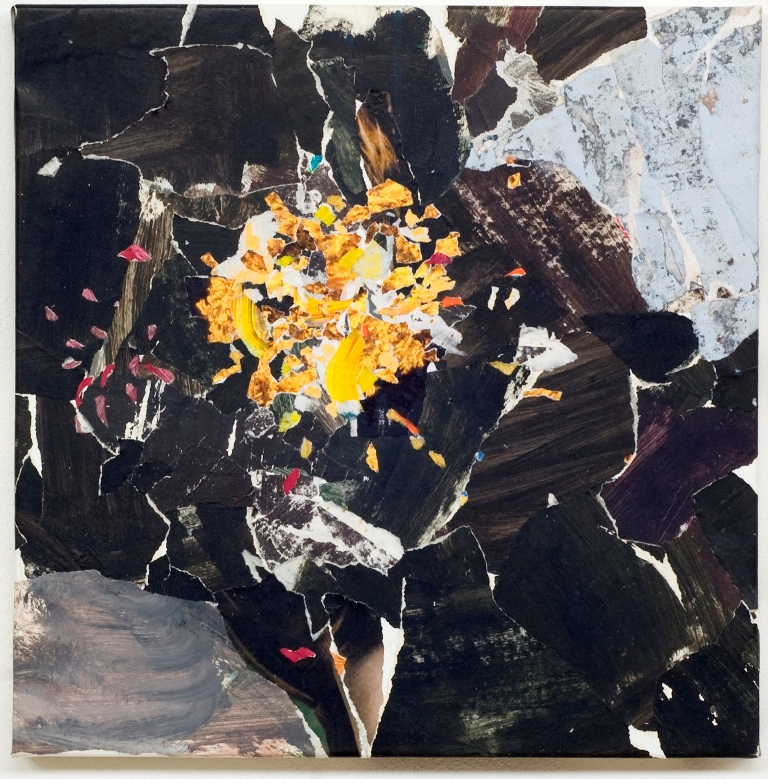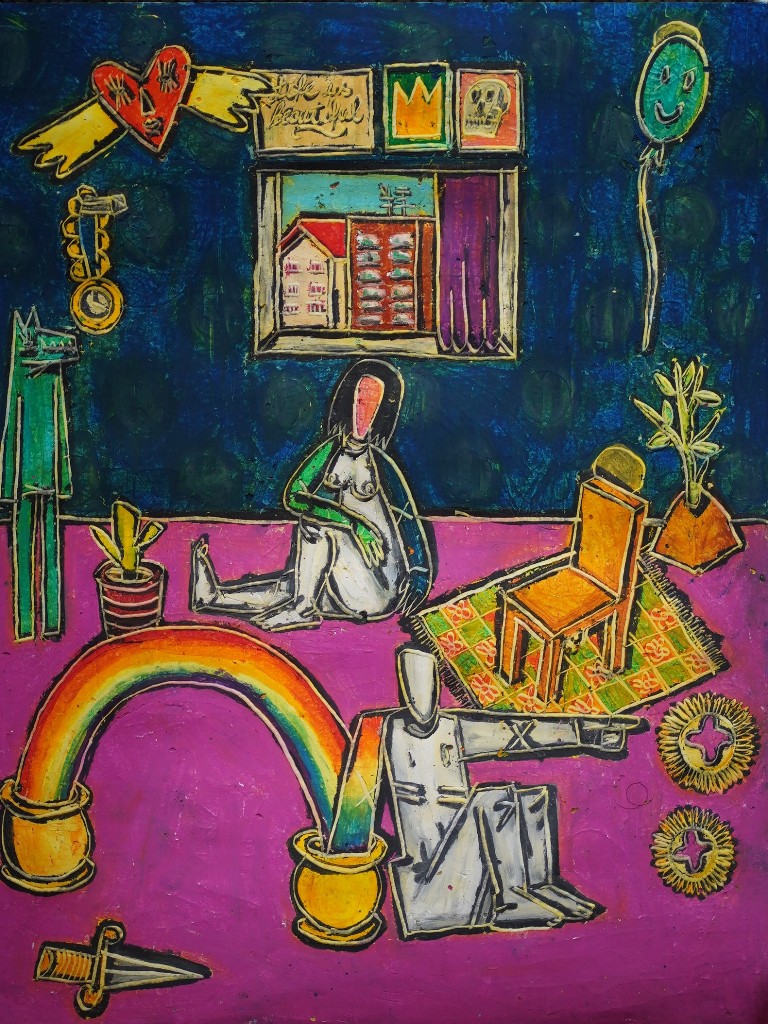
Via Canova 7 6900 Lugano Switzerland
+41 91 921 11 00
Five Gallery
Five Gallery was conceived and founded by Igor Rucci and it has been operating in the Contemporary Art scene since 2013. It is located in an elegant historic apartment in the city center of Lugano. Five Gallery wants to reassert the principle of art collection through important exhibition dedicated to the Masters of the 70’s and 80’s and to the innovative international creativity of young talents. Art Collectors can freely interact with expressive values consolidated by art history and anticipate the discovery of new talents. The artists and artworks are carefully selected by Andrea B. Del Guercio, Artistic Director of the Gallery.
Works
Rainer Gross
The work of Rainer Gross immediately leads back to the experience of ancient painting and the techniques of 'tearing' and 'restoration' of the fresco cycles, when we see the part behind it, still strongly marked by the shattered materiality of the wall. His painting is able to tell us about the epidermal condition of colour. Aesthetic perception follows the persistence and shares the intensity of a pictorial process that derives meaning and value from the work itself. The variables and polychrome combinations seem infinite, constantly renewing themselves, both for strong conflict and assonance. The variables and polychrome combinations seem infinite, constantly renewing themselves, both for strong conflict and assonance. The variables and polychrome combinations seem infinite, constantly renewing themselves, both for strong conflict and assonance. The variables and polychrome combinations seem infinite, constantly renewing themselves, both for strong conflict and assonance. The var
Giorgio Cattani
"The quality of Cattani's pictorial narration appears to be a direct witness in relationship with life, where doing arts intertwines very closely with the assertion of the work; the fragmented nature does not appear a loss but an enrichment, the replication not a defect but a belief, the fraction of reality and the shadow of a passage not a loss but the spiritual essence perceived through sensitivity." A. B. Del Guercio
Luca Zarattini
Many possible worlds arise from the disintegration of the existing one. The composition explodes, the canvas comes to life. The process is well known in the History of Art: the author recovers and concentrates his creative action on the experience of collage carried out by Pablo Picasso as part of the analytical research of the modern season. Thus Zarattini reconstructs the places of memory and, as in memories, moves through stratifications and superimpositions in time. Images, colours and scents are settled on the canvas with papers and painting. When you look at his works, you feel as if you are looking through the window of a train running on the tracks - a kaleidoscope of landscapes now closer and now further away, and never completely in focus.
Abraham Sidney
Abraham Sidney's expressive heritage relates both to ancient medieval miniatures and to the contemporary, urgent and compulsive need for communication; each work is tackled to the point of shrinking the image, not without suffering, to its highest narrative density. The landscape is the result of the relationship between the its real figures, and the image filtered by feelings and thought. Sidney's visions witness an ideal journey between the north and south of the planet, between different continents and geographies. His sceneries unfold as pages of music where the notes chase each other, they repeat renewing the sounds, provoke emotions between sudden flashes of light and shady atmospheres.
Nicolas Steiner
Featuring sharp contrasts of color, the young painter's work looks at the History of Art of the twentieth century but draws on a visionary and imaginative repertoire, which emerged from the reality that surrounds him. "The works of Nicolas Steiner play all its expressive potential on the dialectic between past and present, between personal and culturally codified. The representations are inspired by the classic iconography for figures, poses and colours but betray the desire to transform that historical and defined material into something personal. Hence the reference to expressionism that inevitably expands the pathos communicated by the representation, accentuating mimicry and gestures, to which is added the mark left by the artist who scratches the work, emphasizing contours and edges, as if he wanted to imprint his personal imprint, his existential trace that adds to the historical memory" (P. P. Dinelli, 2019).








